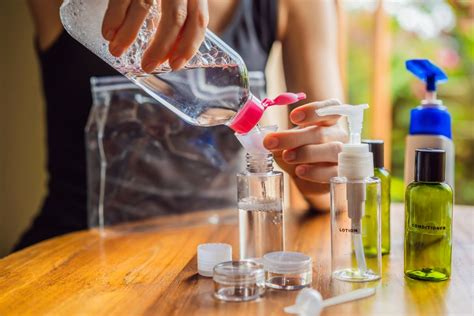The Transportation Security Administration (TSA) has specific procedures for screening liquids at airports. TSA officers may need to test liquids for explosives or other prohibited items, explaining why they are separately screened. It’s essential to understand these guidelines, including allowances for breast milk, baby formula, or juice in quantities larger than 3.4 ounces.
Focusing on garden screening, frosted glass is a top idea for those concerned about blocking sunlight. Alternatively, grasses and bamboos can provide an attractive, dynamic screen in a garden. The use of a pergola, combined with the best screening plants, can create a private and aesthetically pleasing outdoor area. Willow panels are an attractive option to cover up unsightly bins, as seen in the Selections triple wheelie bin screen.

Screening methods also play a significant role in other areas, like the crushing section in mining, where ore is broken down for processing. Similarly, in technology, screening officers at airports are connected to a network assigning X-ray images for efficient and secure screening.
For those interested in sustainable waste management, around 800,000 households in Ireland have a compostable waste bin, emphasizing the growing trend towards eco-friendly practices. Moreover, innovative methods are being developed to protect bins from bad weather and pests.
In terms of security, it’s important to note that the TSA doesn’t explicitly state on their website about removing belts during airport security checks. However, passengers are advised to remove items that may set off security scanners and place them in the plastic scanner bin for a smoother process. SecurityPoint Media (SPM) leads in airport security checkpoint advertising and has innovated the SecureTray System to enhance this process.
Lastly, we celebrate the achievements in traditional crafts, such as Tim Radford’s Supreme Champion award in the 2018 National Hedgelaying Championship, showcasing skills in an age-old countryside practice.

